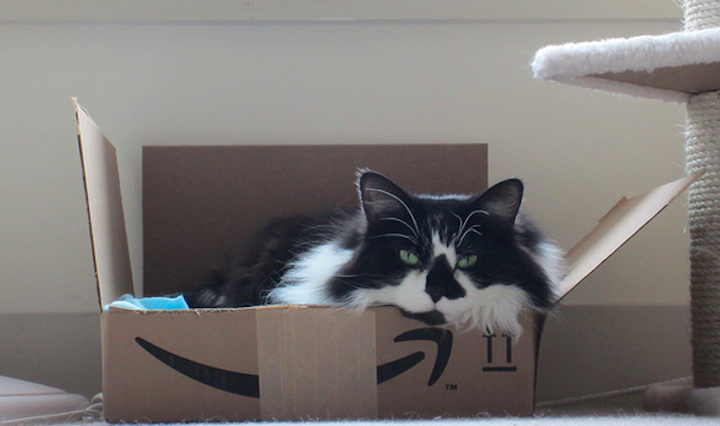Report: Amazon Offers Flex Drivers Opportunity To Deliver Regular Amazon.com Packages

(DJHeini)
Flex drivers, who are independent contractors, report for their shifts using an Android smartphone app and their personal vehicles, then pick up packages at a local Amazon facility and deliver them to customers. In some cities, Prime Now also includes delivery of restaurant meals and groceries.
What drivers in the Dallas-Fort Worth area told Reuters for an exclusive story, though, is that they received e-mails inviting them to switch over to delivering regular Amazon packages. Not all drivers received the e-mail, which explained that pay would start at $18 per hour, and that drivers for the service would need a four-door vehicle, which is a “mid-sized sedan or larger.”
One current Flex driver who spoke to Reuters looked into joining the program and attended orientation, and said he was told that drivers would need to travel to a more distant Amazon facility outside of the city to pick up their cargo for a shift.
A company spokesperson confirmed that Amazon is testing the use of independent contractor couriers to deliver regular Amazon purchases. Drivers would need to switch over and deliver only for that program for now, though they may be allowed to work for both services in the future.
Before scaling up the program, Amazon would need to consider the risk of more lawsuits for wage theft and accusations of misclassifying on-demand workers who are really employees. If even a small percentage of Amazon deliveries are done by on-demand workers in their personal Camrys, that would expand the on-demand workforce, which the federal government is still trying to get a handle on, even further.
While $18/hour sounds like decent pay, drivers in California claimed in a lawsuit last year they’re receiving less than minimum wage after their vehicle expenses.
As their order volume grows, Amazon is looking for ways to take more control of deliveries. In the last few months, we’ve learned that the company is leasing an air cargo facility and jets, cargo ships, and a fleet of tractor-trailers. The company insists that it isn’t dumping UPS, FedEx, USPS, and the regional carriers that it uses for some deliveries, but working on options for their busiest times, like the winter holiday season.
However, if Amazon ends up controlling every step of e-commerce from the factory door to the customer’s doorstep, that would make the company that already takes in 39% of the money that Americans spend online even more powerful.
Exclusive: Amazon expanding deliveries by its ‘on-demand’ drivers [Reuters]
Want more consumer news? Visit our parent organization, Consumer Reports, for the latest on scams, recalls, and other consumer issues.

